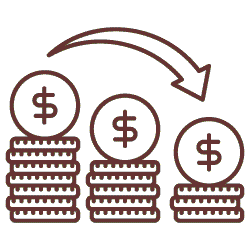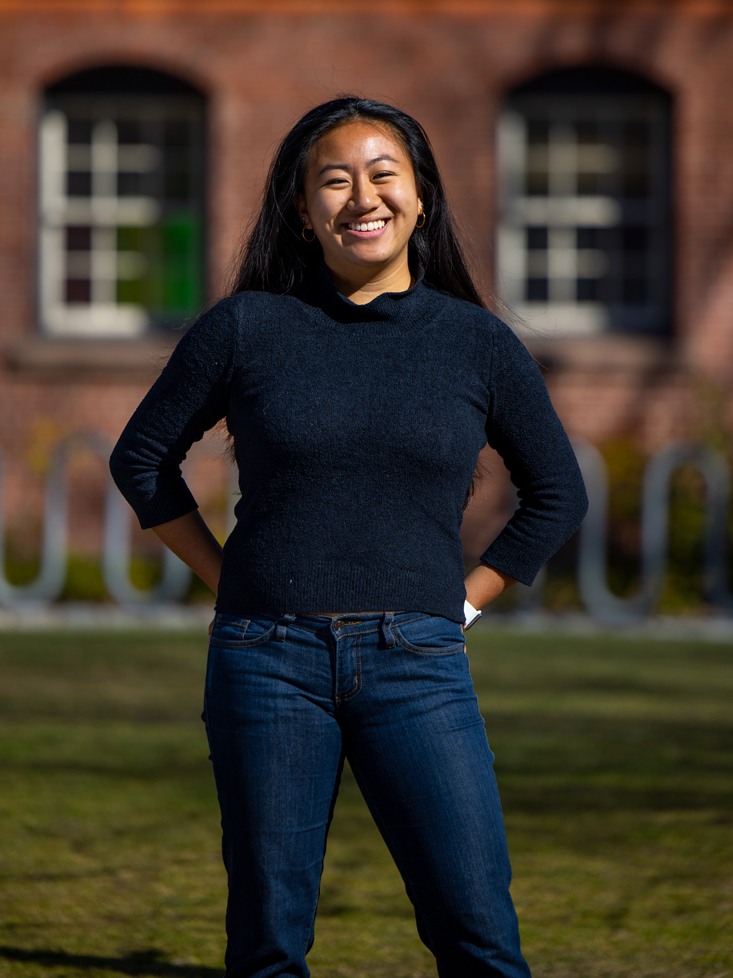Susan Buffum graduated from Brown in 1974. Waylon Jin graduated in 2019. Although they came to College Hill at different times, with different life experiences, both agree that supporting financial aid is one of the most important things donors to the University can do.
“Financial aid is one of the key ingredients at Brown,” says Buffum. “I think it resonates with people for a lot of the same reasons. I loved Brown. I look back on my four years, still, as the best four years of my life, because it was such a transformative experience. To think that people can’t have that opportunity because it’s out of reach financially is just horrible.”
Over the course of the BrownTogether campaign, which kicked off in 2015, scores of alumni, parents, and friends have felt the same way.
The most recent success story has been The Brown Promise. In September 2017, President Christina H. Paxson announced a plan to remove loans from all undergraduate, University-packaged financial aid awards. One of the main goals of this initiative was to expand access to a Brown education for students from moderate-income families and further diversify the student body.
“Brown is built on a diversity of perspectives,” says Jin, who gave to The Brown Promise in 2018 and 2019, while still a student. “Most of what I enjoyed about Brown was the learning I took away from my relationships with classmates, and having more diverse classmates only enriches that.”
By the beginning of the 2018-19 academic year, approximately $30 million had been raised to jumpstart the program. This month, the University announced that it had surpassed its goal of $120 million, the amount needed to make The Brown Promise a permanent part of Brown’s financial aid program.

